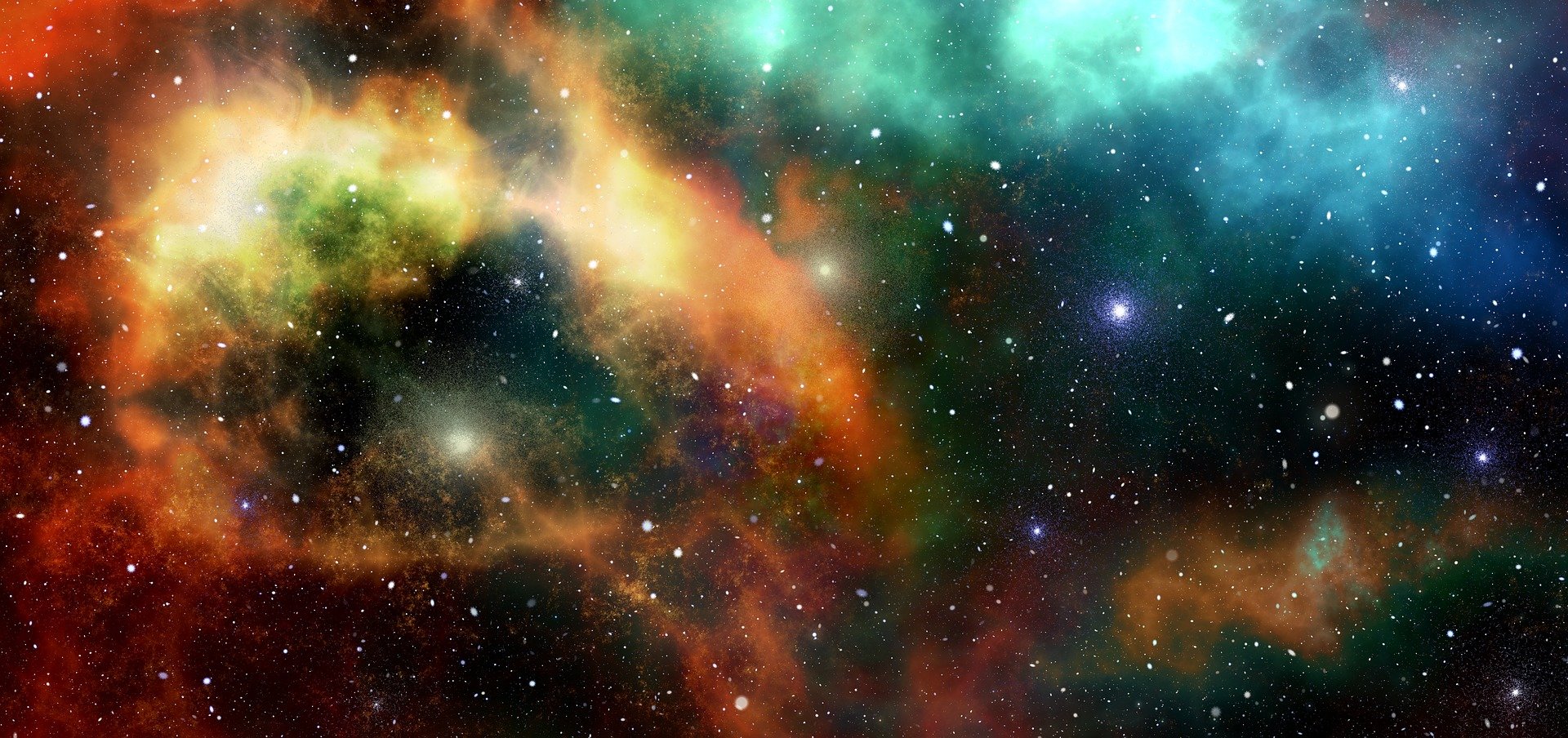New research puts age of universe at 26.7 billion years, nearly twice as old as previously believed::Our universe could be twice as old as current estimates, according to a new study that challenges the dominant cosmological model and sheds new light on the so-called “impossible early galaxy problem.”



According to my understanding, yes. For example, it is usually assumed that there was a period of time shortly after inflation when matter was in a quark-gluon plasma, which would imply a larger strong coupling than today, since a small strong coupling is associated to confinement. There was also the electroweak-epoch, during which the electromagnetic and weak interactions were unified, and the corresponding gauge bosons were massless. The masses of the W and Z bosons can thus also be regarded as time-varying, as well as the electron charge. However, it should be noted that these changes are not all that significant on the cosmological scales under investigation here (e.g. the quark epoch ended at about 10-6 seconds after the big bang, which is much much less than the age of the universe, and it’s assumed that it still took quite a while before the first stars formed). A time-varying cosmological constant could potentially be much more relevant (and some quantum gravity theories even predict it), and I’ve heard some people suggesting it as a potential solution for the H0 tension. However, I unfortunately can’t access the paper and assess what precisely the author did there, and whether it is in any way similar to what I just mentioned.
What you’re talking about is the energy dependence of the coupling constants, which is a phenomenon that is very well understood theoretically, and also checked in experiments. The early universe was much hotter, and thus particles had much more kinetic energy and “felt” slightly different coupling constants. The neat thing is that, since this is a purely energy-dependent effect, we can recreate the conditions of the early universe: the collisions at LHC have an energy of the order of 1 TeV, which corresponds to a temperature of 1016K, the temperature 10-12 s after the Big Bang. Anything after the first 10-12 s we can directly recreate, and from 10-12 s to about 10-30 s-ish we can more or less reliably extrapolate. And of course this is all included in the standard Lambda-CMD cosmology.
Although the article is behind a paywall (which is somewhat strange in cosmology, but I digress), you can check other articles by the same author that also use the “varying constants” framework, for example https://arxiv.org/abs/2201.11667. His framework is that the speed of light c, the Planck constant h, the Boltzmann constant k and the Gravitational constant G depend directly on time, or to be more precise, on the expansion factor of the universe. There are two big differences with respect to what you were saying: